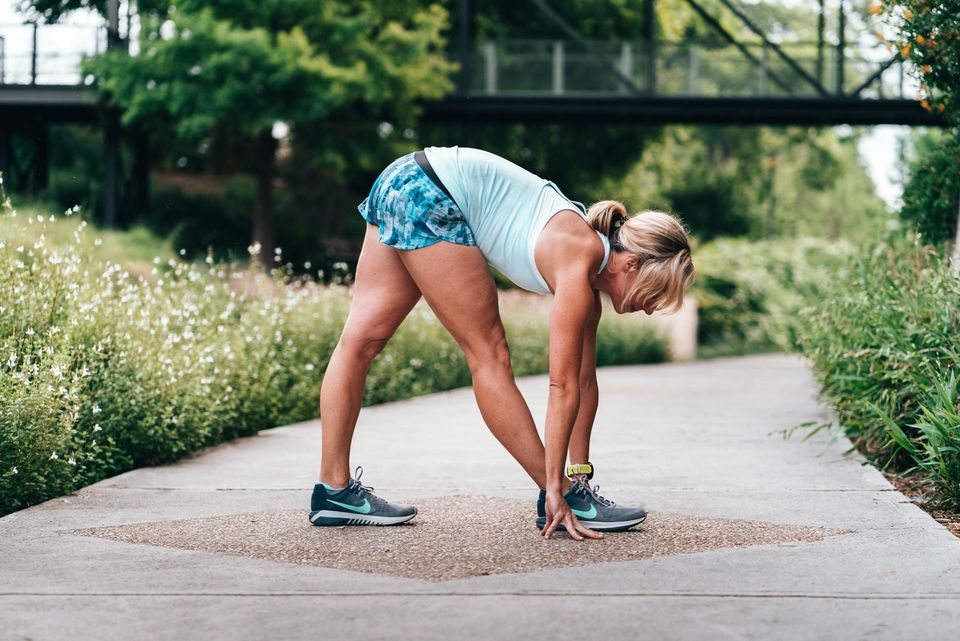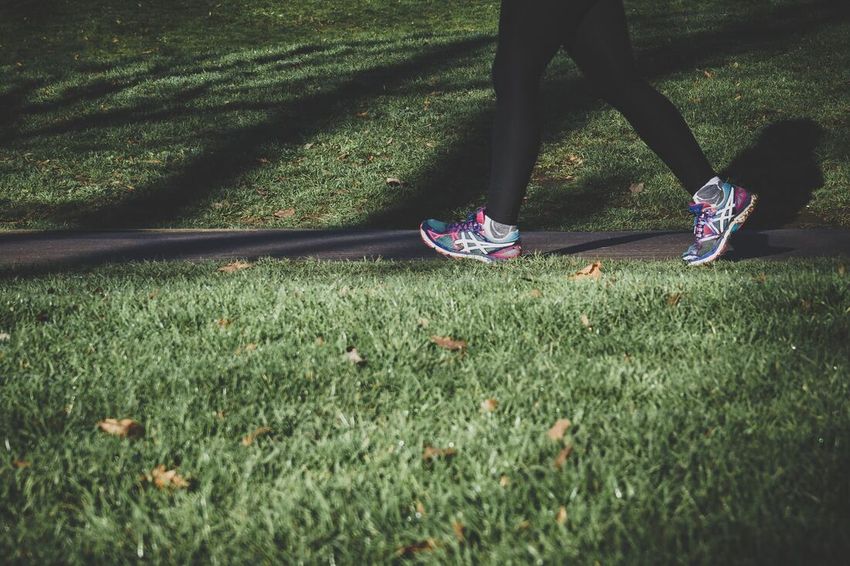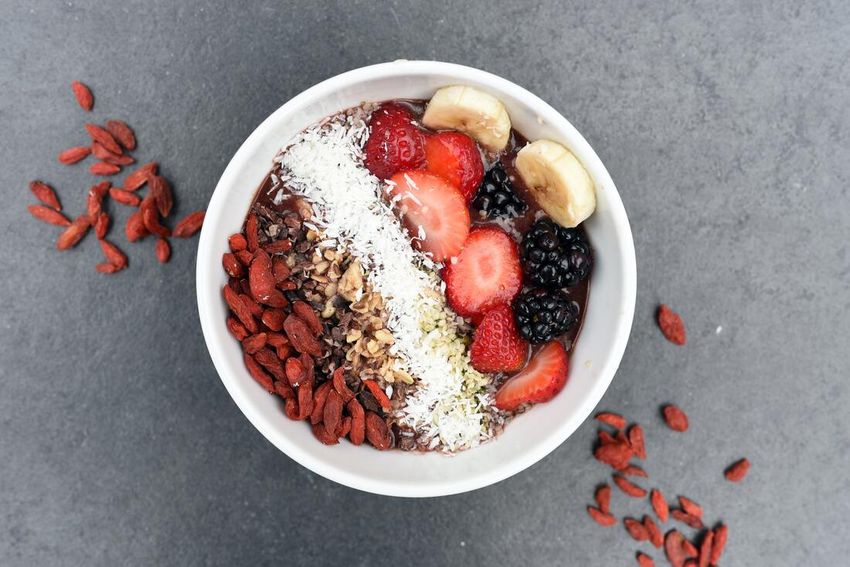By: Dr. Stephanie Duffey • Dec 04, 2019
As a physical therapist, I’m often asked the question, “How do I know when I need to slow down, stop, or keep going?” It’s a valid question, and one that many people struggle to identify. It’s challenging to interpret what you’re feeling in your body, when you can push harder, and when you need to scale back. So, to keep things simple, I came up with a little something I like to call the stoplight method. Let’s break it down.
Green Light: When you’re operating at the green light level, you’re able to exercise with no aches and pains and you may even be looking for ways to intensify your workouts. If you’re a runner, you’d be able to maintain the current pace or distance that you’re following with no discomfort. This is where you want to be (but I know this isn’t always possible or realistic).
What to do: Maintain what you’re doing, or experiment with advancing to the next level. For runners, this means working toward a faster pace or increasing your mileage.
Yellow Light: Signs to look for if you’re approaching the yellow light include light soreness or achiness that persists for more than 24 hours after your run, a small limp when running (but not when walking), and slight swelling of your joints after a run.
What to do: Slow down a bit—this is your body telling you to back-off. Take a rest day and re-evaluate how you’re feeling. Try to recognize patterns. For example, maybe your knees start to hurt when it’s time to get new running shoes, so take a trip to the shoe store! Listen to your body and take action if there’s a behavior you need to change to feel better and enhance your performance.
Red Light: If you’re approaching the red light, you’re experiencing very sharp pain that stops you in your tracks. The pain is debilitating and you are unable to walk without a limp. You may be experiencing intense swelling in your joints and intense discomfort that doesn’t subside after 24 hours.
What to do: It’s time to consult an expert. You may be at risk of a stress fracture or other serious injury. While it’s challenging to seek help and cease physical activity, it’s important to be seen by an expert early, so your injury doesn’t intensify. You may also be able to recover more quickly if you get help for the problem earlier rather than later.
I hope my simple stoplight method helps you identify how to deal with the pain you may be experiencing in your body and the action steps you need to take to feel better.
Need help from an expert? Let’s chat!




